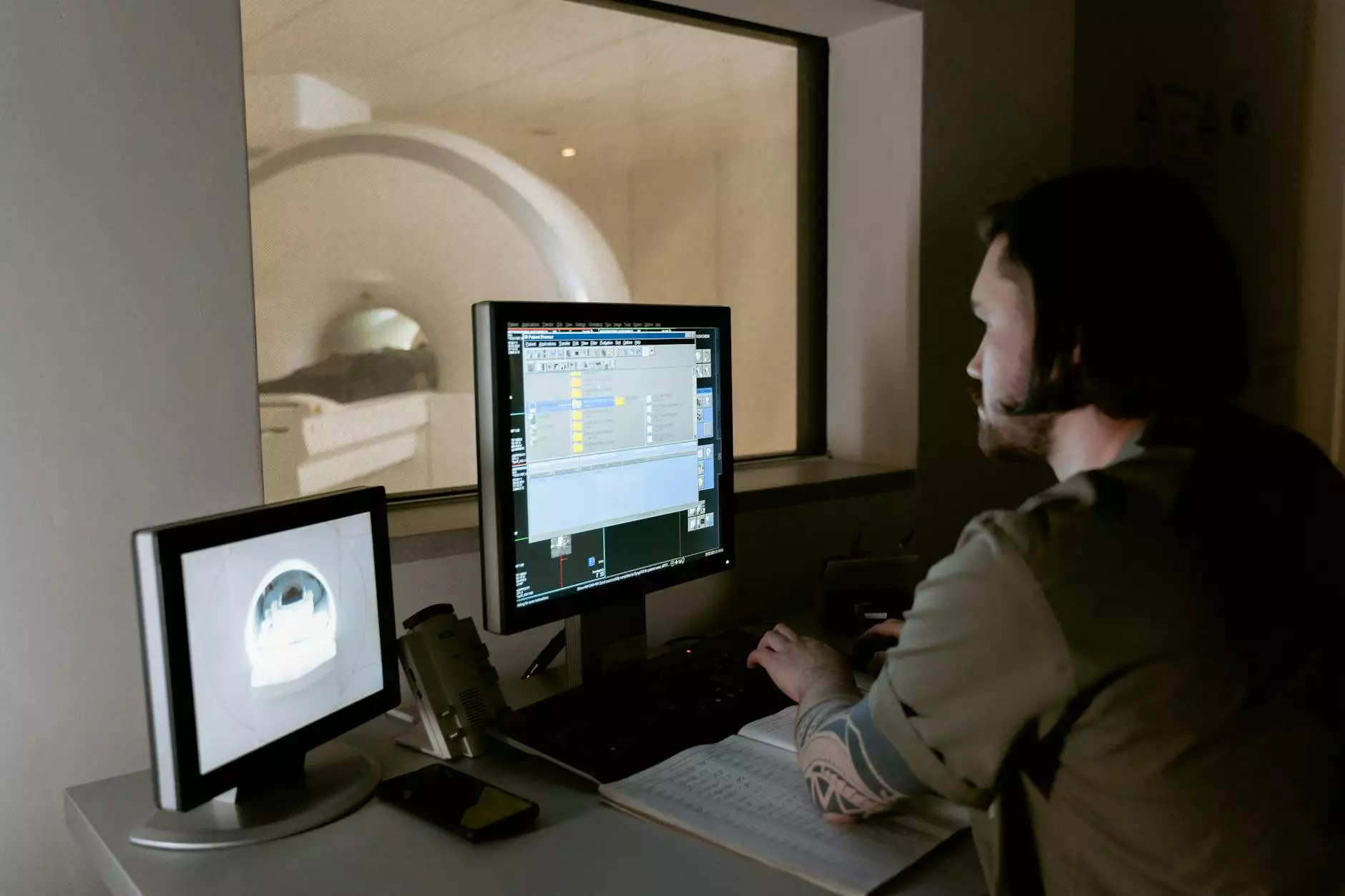Peripheral Artery Disease

Understanding Peripheral Artery Disease
Peripheral Artery Disease (PAD), also known as peripheral vascular disease, is a common circulatory problem characterized by the narrowing or blockage of blood vessels that carry oxygenated blood to the limbs. It primarily affects the legs, causing reduced blood flow and potentially leading to various health complications.
Causes and Risk Factors
PAD is often caused by atherosclerosis, a condition where fatty deposits, called plaque, build up within the arteries and restrict blood flow. The risk factors for developing PAD include:
- Smoking
- Diabetes
- High blood pressure
- High cholesterol
- Obesity
- Age (above 50)
- Family history of heart or vascular disease
- Sedentary lifestyle
- Certain medical conditions (e.g., kidney disease)
Symptoms and Diagnosis
PAD often presents with the following symptoms:
- Leg pain or cramping during physical activity (intermittent claudication)
- Weak or absent pulse in the legs or feet
- Slow-healing wounds on the legs, feet, or toes
- Numbness or tingling in the lower extremities
- Coldness in the legs or feet
- Changes in skin color
If you experience any of these symptoms, it is crucial to seek medical attention. A healthcare professional can diagnose PAD through a combination of physical examination, medical history review, and specialized tests such as:
- Ankle-brachial index (ABI) test
- Doppler ultrasound
- Magnetic resonance angiography (MRA)
- Computed tomography angiography (CTA)
- Angiography
Treatment and Management
Effective management of PAD involves a combination of lifestyle changes, medication, and, in certain cases, procedures or surgeries. Treatment options may include:
- Lifestyle modifications – Quitting smoking, adopting a healthy diet, regular exercise, and managing underlying conditions like diabetes and high blood pressure.
- Medications – Your doctor may prescribe medications to control symptoms, lower cholesterol levels, prevent blood clots, and improve blood flow.
- Angioplasty and stenting – These minimally invasive procedures involve opening the blocked arteries and restoring proper blood flow.
- Bypass surgery – In severe cases, bypass surgery might be recommended to create a detour around the blockages.
- Physical therapy – Rehabilitation programs can help relieve symptoms, improve mobility, and enhance your overall quality of life.
Prevention
While PAD cannot always be prevented, certain lifestyle changes can significantly reduce your risk of developing the condition. Consider the following preventative measures:
- Adopt a healthy diet rich in fruits, vegetables, whole grains, and lean proteins.
- Engage in regular exercise, including aerobic activities and strength training.
- Avoid smoking or using tobacco products.
- Manage chronic conditions like diabetes, high blood pressure, and high cholesterol.
- Maintain a healthy weight and BMI (body mass index).
- Regularly monitor and control your blood pressure and blood sugar levels.
- Take prescribed medications and follow your healthcare provider's instructions.
- Visit your doctor for regular check-ups and screenings.
Contact Phoenix Medical Services for PAD Support
At Phoenix Medical Services, we provide comprehensive care and support for individuals living with peripheral artery disease. Our experienced medical professionals are dedicated to helping you manage your condition effectively, improve your quality of life, and minimize the risk of complications.
If you have any concerns or would like to schedule an appointment, please contact us today. Together, we can overcome PAD and achieve better cardiovascular health.




